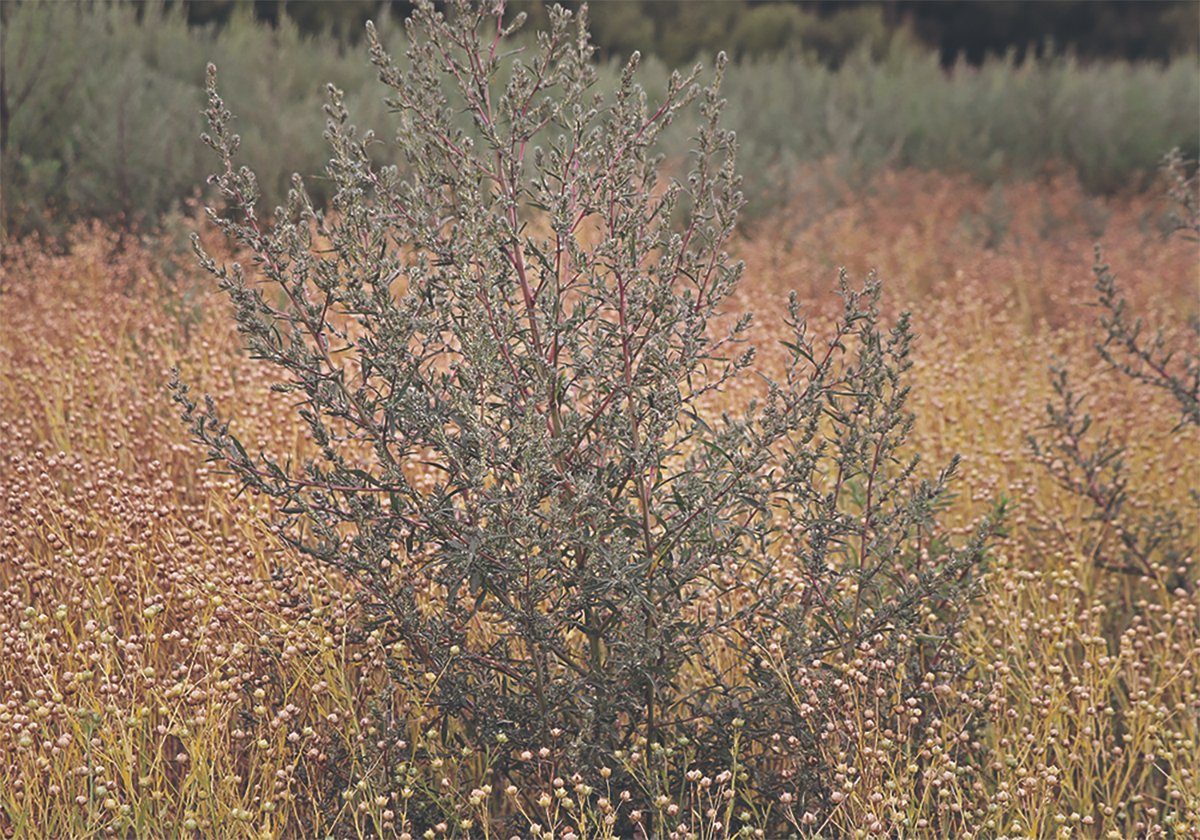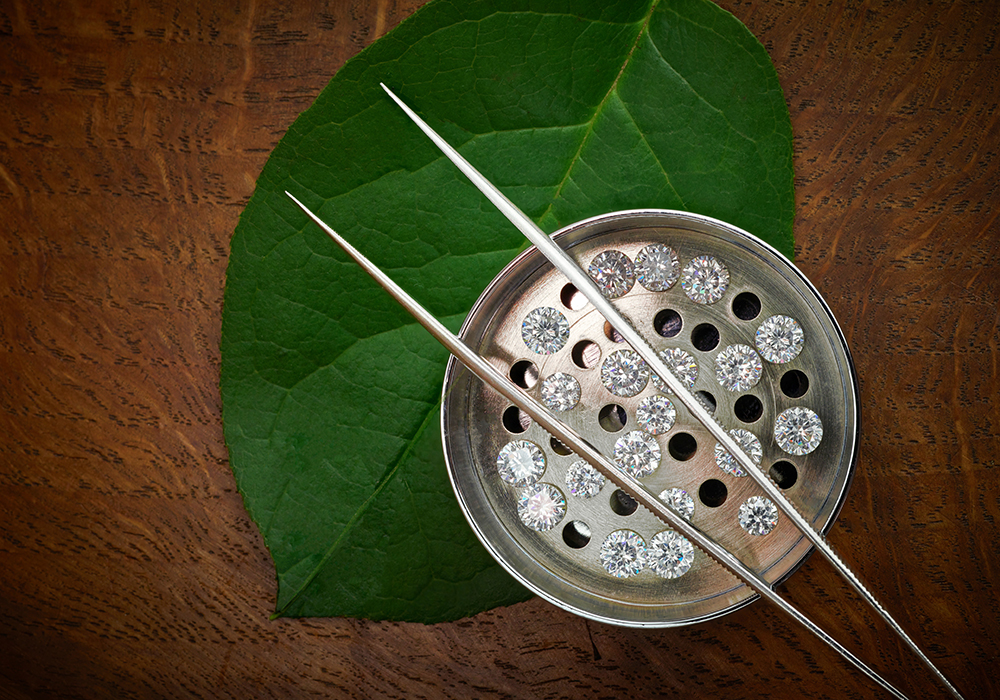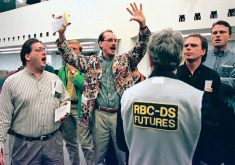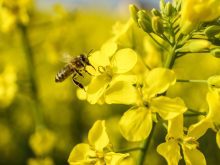Most of us are likely aware by now of the work being done to grow cultured meat in a lab instead of raising livestock on a farm.
It is has caused quite a stir in the beef industry, much of which we’ve covered here at The Western Producer. That’s why I was intrigued to read recently that the debate is not confined just to the cattle ranch.
Apparently, diamonds grown in a lab are causing a similar disruption in the precious gem community.
Read Also

Kochia has become a significant problem for Prairie farmers
As you travel through southern Saskatchewan and Alberta, particularly in areas challenged by dry growing conditions, the magnitude of the kochia problem is easy to see.
Scientists have known how to grow diamonds in the lab for decades, but until recently no one had any interest in using them in an engagement ring instead of one that had been dug out of the ground.
Now a company that makes luxury items has unveiled a fancy new watch that uses lab-grown diamonds. It’s being seen as the beginning of a new era.
The allure of real diamonds, of course, is their exclusivity, their rarity. If anyone can push a few buttons and pop out a diamond, what’s so special about that?
But there has been controversy for years about “blood diamonds” being used to fund conflict around the world. And of course, diamond mining can be pretty hard on the environment.
So folks are starting to take a serious look at lab-grown diamonds.
It wasn’t that long ago that lab-grown diamonds were non-existent in the jewelry market. That has now increased to eight to 10 percent, and some believe it can climb to 15 percent in the next five years.
The main concern for many in the jewelry business used to be that lab-grown diamonds are synthetic — in other words, fake.
However, it’s a lot more complicated than that.
Lab-grown diamonds start with a flake of actual diamond, which is placed in an incredibly hot environment. Carbon atoms are released and attach themselves to the diamond flake. The diamond then begins to grow and takes about three to four weeks to complete.
So, they’re not exactly fake.
When the U.S. Federal Trade Commission said as much in 2018, doors started opening in the jewelry business for lab-grown diamonds.
The phrase “not in our lifetime” was used a few times in the article I read, so this particular story has a long way to go.
I wonder if it will take that long for lab-grown meat to catch on, too.

















